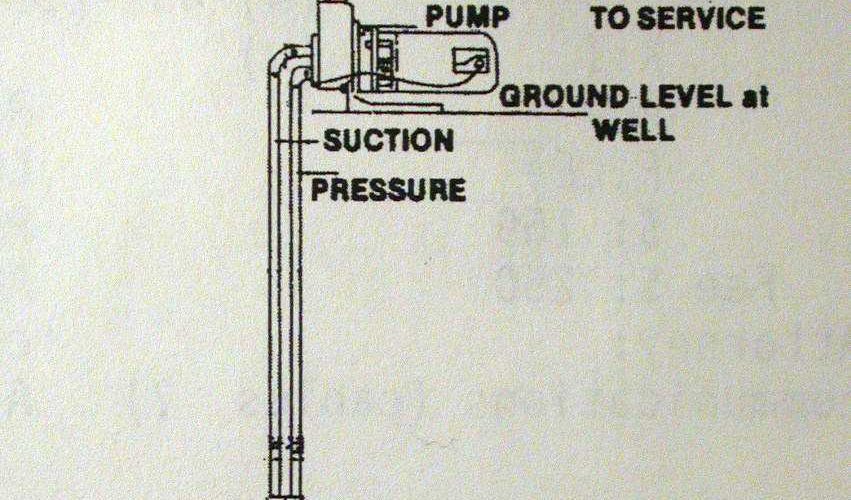If you are a person living in the countryside, then you probably own a deep well which operates on electric pumps in order to supply water for your everyday needs. These types of pumps mostly do not require priming to be performed. But shallow wells often utilize manual hand pumps for an emergency backup system, or alternatively in places where there is not electricity. Such hand pumps do require priming once in a while, especially after long amounts of time when they are not utilized, or immediately after they have been installed in the well itself. This article discusses the step by step directions for priming a well pump properly and effectively.
Inspecting the Well Pump
You should first familiarize yourself with the various pieces and operating parts of the well pump, which is occasionally referred to as a cistern pump or even a pitcher pump. The cylinder performs the function of drawing the water. The spigot, or spout, is the place out of which the water comes. The handle’s function lies in moving the cylinder. A diaphragm functions along with the cylinder to make the pump’s suction work.
You will next need to ascertain whether or not your particular shallow well possesses a foot check valve. This piece retains the water inside the feed pipe at all times, ensuring that the pumping will go faster when it is time to draw water. If your shallow well possesses a foot check valve, then the good news is that you will not be required to prime the pump at all.
Priming the Pump
You will then have to make certain that the diaphragm of your hand pump, which is also known as a leather cup, is correctly and sufficiently greased down with a bit of high quality grease for faucets. Find the the pitcher pump’s top in order to locate the opening. Then proceed to pour around a full cup of water down inside the opening. Until the water starts flowing, crank the pump handle continuously. You might be required to perform this step a number of times in extremely stubborn cases. Once this has been successfully accomplished, you should draw and dispose of approximately a full gallon of water in advance of gathering drinking water to be utilized either by people or animals.
Suggestions and Cautions
If you are interested in understanding more about the procedures and process of installing your own shallow well, as well as in where you would buy the necessary items to do this with, including manual hand pumps for shallow wells, then you should go to Lehman’s. Lehman’s is the vendor who carries every kind of non- electric pump product available under the sun.
If you live in a colder climate, then you must be sure to never, ever put in a foot check valve on to any shallow well. If you did this by mistake, then the water contained in the part of the feed pipe which is higher than the actual frost line would freeze solid. This would stop the pump from working at all. The lack of such a foot check valve allows the water to drain out properly from this feed pipe, so that it can then return down to the original source, the aquifer. This allows for a totally clear feed pipe for any future pumping needs and uses.
Priming a well pump is not a difficult task. Anyone who can follow instructions well is able to accomplish this. In order to keep the manual hand well pumps working well, this will have to be done from time to time.



